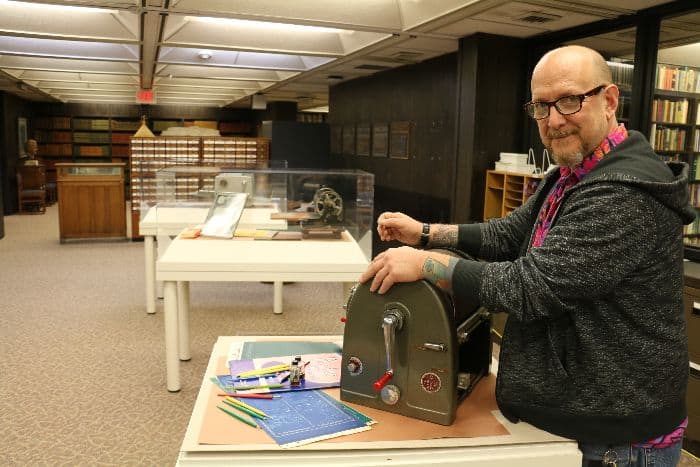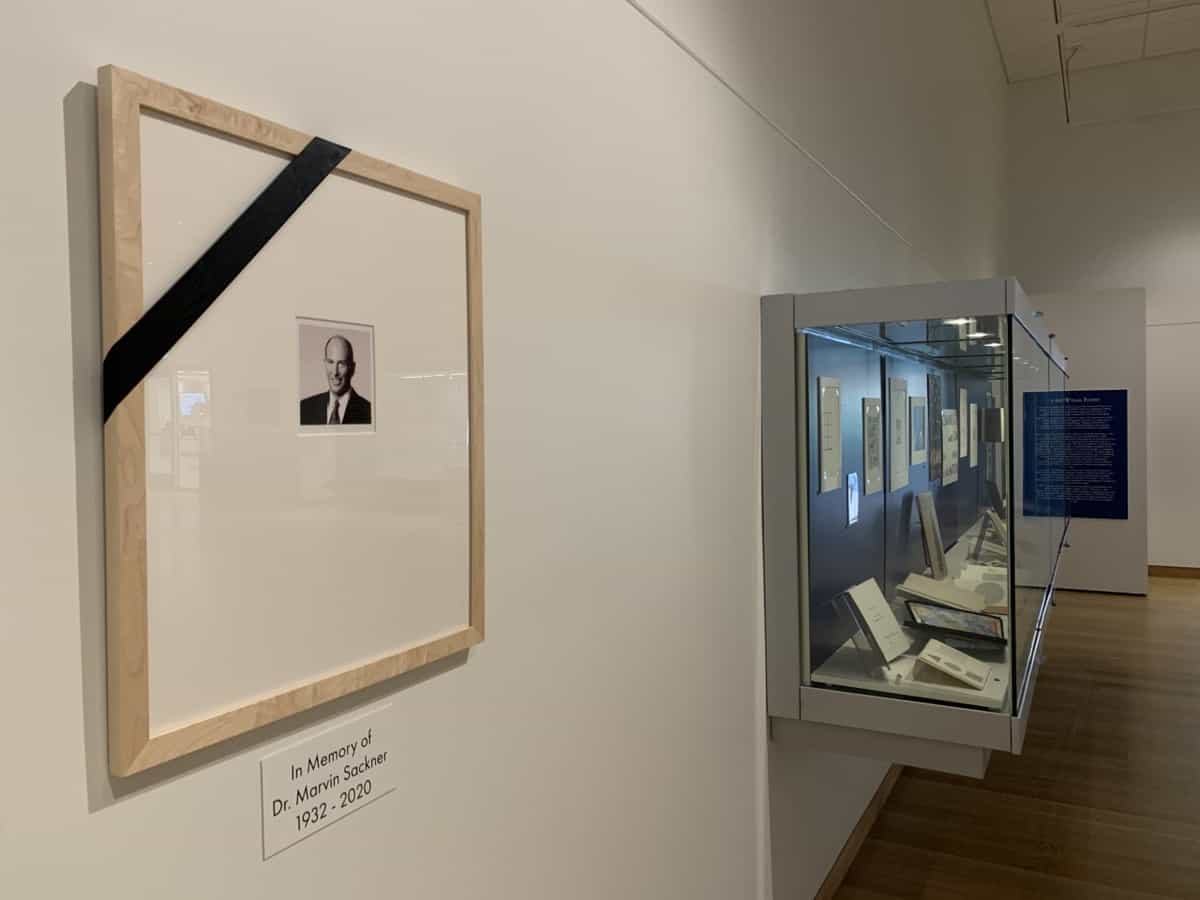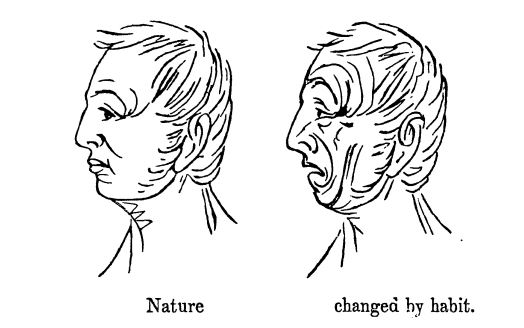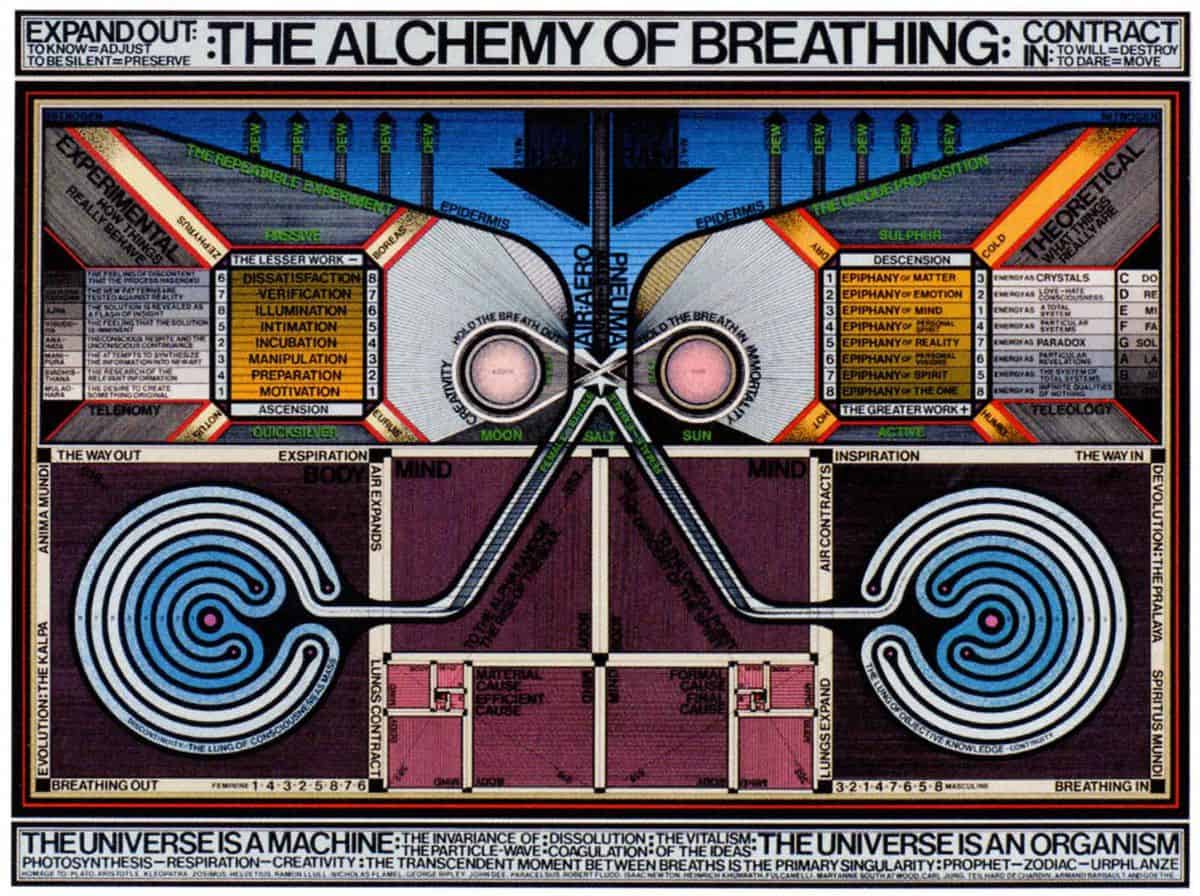The following was written by Olson Graduate Assistant Rich Dana, and curator of the Spirit Duplicators exhibit in Special Collections & Archives reading room During my three and a half years at Special Collections, I have worked with an amazing range of materials, but my major projects have focused on first, the James L. “Rusty”Continue reading “Spirit Duplicators: Early 20th Century Copier Art, Fanzines, and the Mimeograph Revolution”
Tag Archives: Sackner
A Special Collections Graduate Assistant Remembers Marvin Sackner
The following blog is written by Rich Dana, Olson Graduate Assistant in Special Collections. Dr. Marvin Sackner passed away on September 29th. A national leader in the field of pulmonology and an inventor of innovative medical devices, Marvin Sackner was also an internationally recognized authority in the field of word-art, known as concrete or visualContinue reading “A Special Collections Graduate Assistant Remembers Marvin Sackner”
Shut Your Mouth and Save Your Life: 1870 health book resonates in the era of protective masks
The following blog comes from Olson Graduate Assistant Rich Dana, who interviewed Marvin Sackner on his collection of concrete and visual poetry. Among the over 75,000 items in the newly-acquired Sackner Archive of Concrete and Visual Poetry, there are many unique and one-of-a-kind art objects and artists’ books. Along with original artwork, there is anContinue reading “Shut Your Mouth and Save Your Life: 1870 health book resonates in the era of protective masks”
In the shadow of Covid-19, The Sackner Collection shines a light on “The Beauty in Breathing”
The following blog comes from Olson Graduate Assistant Rich Dana who interviewed Marvin Sackner on his exhibit “The Beauty in Breathing.” An exhibition of works from the newly acquired Ruth and Marvin Sackner Collection of Visual and Concrete Poetry at the Main Library Gallery is one of the countless art events that have been postponedContinue reading “In the shadow of Covid-19, The Sackner Collection shines a light on “The Beauty in Breathing””
Selections from the Sackner Collection: The Association for Study of Arts Materials
Selections from the Sackner Collection: The Association for Study of Arts Materials Written by Diane Dias De Fazio, Curator of Rare Books & Book Arts Well, konnichiwa. The University of Iowa Special Collections announced the arrival of The Ruth and Marvin Sackner Collection of Visual and Concrete Poetry last May, and as the news rippledContinue reading “Selections from the Sackner Collection: The Association for Study of Arts Materials”




